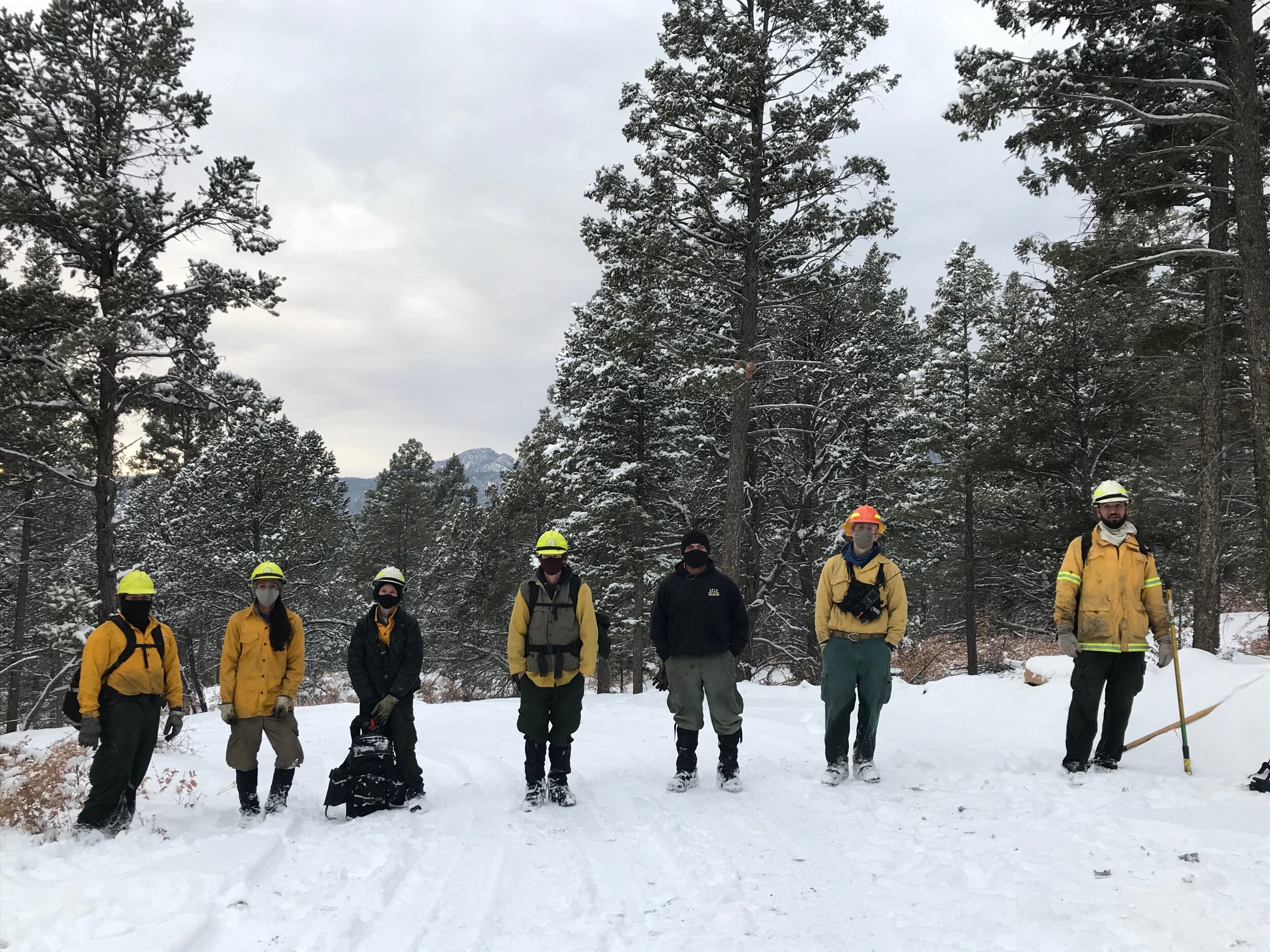Hi Fireshed Members,
Wildfire preparedness is year-round. This process involves taking actions to better prepare for, respond to, and recover from wildfire. As we head into spring, it is a great time to take actions to prepare for wildfire.
This week’s Wildfire Wednesdays includes:
Information about Community Wildfire Protection Planning (CWPP)
A facilitation guide for Before, During, and After Wildfire from Washington Fire Adapted Communities
A partnership between Habitat for Humanity and FACNM to provide wildfire preparedness assistance to those in need.
Best,
Gabe
Community Wildfire Protection Plans (CWPPs)
As you may know, Santa Fe County just updated its CWPP.
To view the new plan, click here.
To view the interactive map, click here.
…but what is a CWPP, and why do they matter?
A Community Wildfire Protection Plan (CWPP) is a written plan describing wildfire hazards and mitigation measures for a community. In New Mexico, many CWPPs focus at the county scale, but there sometimes individual community CWPPs within the county plan. These plans are authorized and defined in Title 1 of the Healthy Forests Restoration Act and are an important pre-requisite for numerous wildfire risk reduction funding programs.
The purpose of a CWPP is to “reduce wildfire risk to communities, municipal water supplies, and other at-risk land through a collaborative process of planning, prioritizing, and implementing hazardous fuels reduction projects.” The CWPP process is ongoing and core teams that write these plans continually work together to update them and to achieve the tasks outlined in the plan.
Key Points about CWPPs
All community members concerned about wildfire threat are encouraged to participate in the CWPP process.
There is no prescribed format to which a CWPP must conform, and plans vary depending on the objectives and desires of the community.
CWPPs should effectively address local forest and range conditions, values-at-risk, and priorities for actions
Benefits of a CWPP
Increasing community capacity by working collaboratively and strengthening relationships
Helps establish and define boundaries for the wildland-urban interface, used to identify areas where federal funds may be applied.
Fuel-reduction projects that are identified in a CWPP are to receive priority for funding and implementation by federal agencies
To view a complete list of CWPPs across New Mexico, click here.
Before, During, and After the Wildfire
Fire adapted communities, like many of the communities in The Fireshed, understand their risk and are taking action to better prepare for, respond to, and recover from wildfire.
This facilitation guide, created by the Washington Fire Adapted Communities Learning Network, is a helpful tool to walk yourself and others in your community identify areas where you may improve your wildfire preparedness. Although it is a difficult time to meet in-person, this facilitation guide may be a conversation starter with your neighbors about how you can work together on wildfire preparedness in the warmer months.
To view the facilitation guide, click here.
FACNM and Habitat for Humanity Provide Wildfire Preparedness Assistance to those in Need
Our statewide Fire Adapted Communities New Mexico (FACNM) learning network is partnering with Habitat for Humanity (H4H) of Los Alamos and Espanola Valley to provide wildfire preparedness assistance to those in need. FACNM will assist H4H volunteers and program coordinators by providing a Home Ignition Zone training and printed materials to be shared through H4H’s A Brush with Kindness program.
The A Brush with Kindness program is an exterior home preservation service that offers painting, landscaping, and exterior minor repair services for home owners in need. This partnership will add to this program’s existing services by providing information and resources for reducing the risk of ember ignitions to participating homes.
If you would like to learn more about this partnership or support this partnership through volunteer capacity, please contact gabe@forestguild.org.









